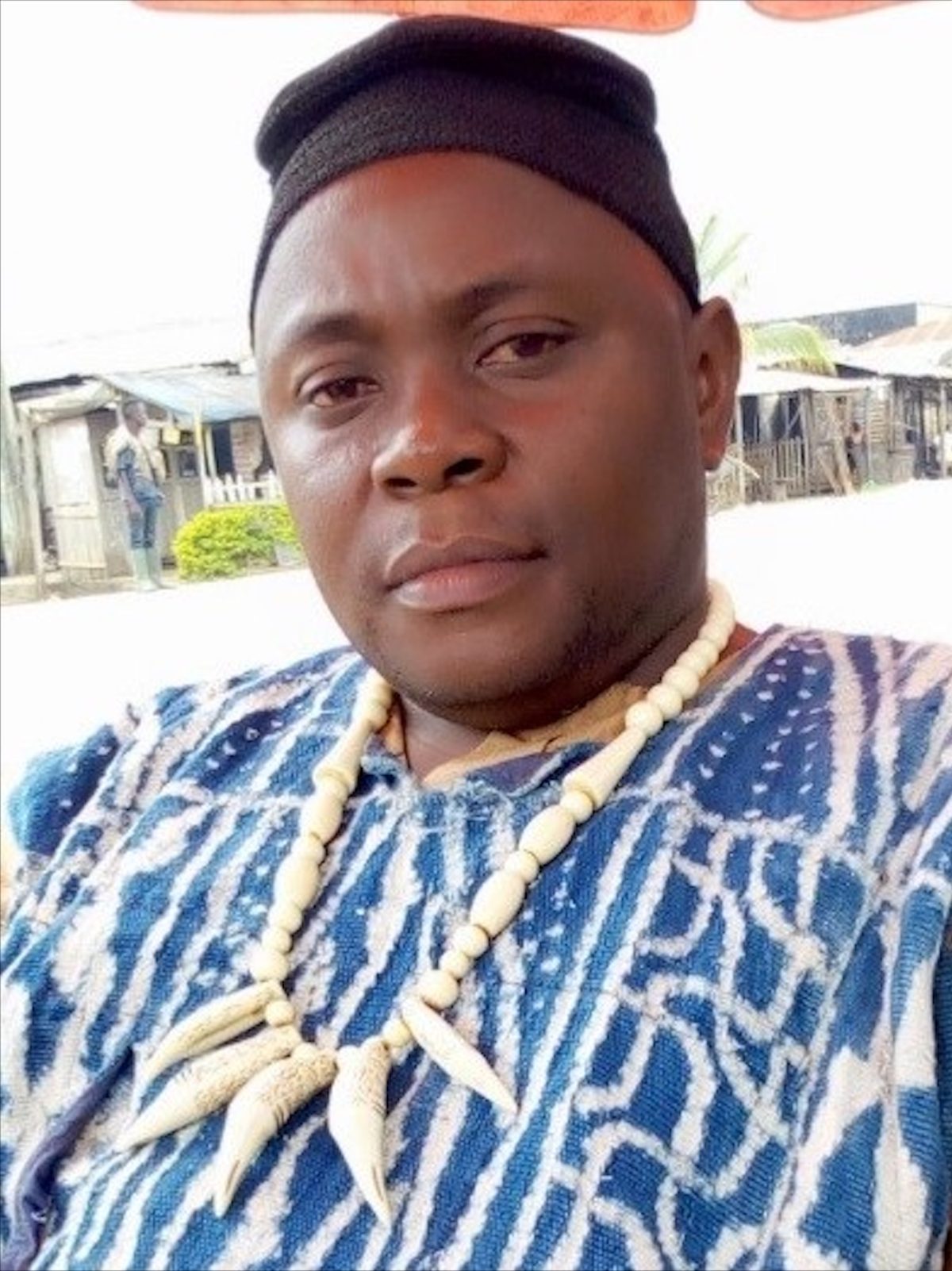Title: Researcher/Senior Geologist
Country/Region:
Period: 2020/11/01–2021/10/31
Theme: Petrogenesis of lavas along the Cameroon Volcanic Line: implication for plume- lithosphere interaction and global dynamics
Host:
Introduction: I am a senior staff in the Department of Mines of the Ministry of Mines, Industry and Technological Developments, Yaounde-Cameroon. I am equally a visiting lecturer in the Department of Geology, Mining and Environmental Sciences of the University of Bamenda-Cameroon. For over eight years, I have been investigating the origin and petrogenesis of volcanic rocks along the Cameroon Volcanic Line (CVL). My team (Japanese and Cameroonian researchers) use different petrological and geochemical approaches to decipher petrogenetic processes beneath the CVL and the African continent. At the moment, we are interested in understanding;- How the hot Earth’s interior (i.e., asthenosphere) convects, such as a rising plume or curtain beneath the CVL, with a specific geochemical signature (termed “HIMU”) which may represent global recycling of subducted material, or only resulting from a metasomatised SCLM, and- How the hot asthenospheric flow interacts with the cold surface lid (i.e., lithosphere), and how the interaction differs between the oceanic and the continental sectors of the CVL.At ERI, under the supervision of Pr Hikaru Iwamori, we shall generate more geochemical data, including melt inclusions. The data shall be interpreted conventionally and statistically using the Independent Component Analysis (ICA) to provide insight into the two critical questions above. We hope to collaborate with other researchers of ERI for the advancement of science
Research Report:
A B S T R A C T
We report whole-rock geochemistry and Sr–Nd–Pb isotopic compositions of mafic dykes intruded in the Precambrian
granito-gneissic basement complex, exposed at Nyos, Batibo, Dschang and Foumban on the Cameroon
Line. The dykes are alkaline (Batibo), transitional (Foumban), and subalkaline (Nyos, Batibo and Dschang) with
SiO2 of 45–54 wt% and MgO of 2–9 wt%, similar to dykes reported in other areas of the Cameroon Line (CL) and
the Central Atlantic Magmatic Province (CAMP). The abundances of rare earth elements (REE) and the Primitive
Mantle normalised patterns for the Nyos, Batibo and Dschang dykes are similar to those of MORB, indicating that
the dykes formed at shallower depths by a higher degree of partial melting relative to the Foumban dykes and the
alkaline lavas of the CL. The transitional basaltic dykes with steeper REE patterns have their sources at deeper
levels in the lithospheric mantle, possibly the garnet-spinel transition zone and were generated by a lower degree
partial melting of the lithospheric and plume components. The Nyos and Batibo subalkaline dykes show similar
isotopic compositions with a spectrum extending from depleted (DMM-like) to enriched (EM1-like) mantle,
indicating the similarity in their source components. The Dschang dykes show distinct isotopic characteristics
with relatively unradiogenic Nd-Pb isotope compositions compared to the Batibo and Nyos dykes. The Foumban
transitional dykes with characteristic wide ranges in Sr-Nd-Pb isotopic compositions reveal varying contributions
from enriched mantle components (EM1 and EM2) in addition to its plume signature similar to those of CL lavas.
The Nyos and Batibo dykes alongside other dykes on the CL have low TiO2 abundances (<2 wt%), negative PMnormalised
Nb-anomalies, and moderately to strongly enriched REE patterns, and isotopic composition that
overlaps with those of CAMP, suggesting a similar lithospheric origin.
We report whole-rock geochemistry and Sr–Nd–Pb isotopic compositions of mafic dykes intruded in the Precambrian
granito-gneissic basement complex, exposed at Nyos, Batibo, Dschang and Foumban on the Cameroon
Line. The dykes are alkaline (Batibo), transitional (Foumban), and subalkaline (Nyos, Batibo and Dschang) with
SiO2 of 45–54 wt% and MgO of 2–9 wt%, similar to dykes reported in other areas of the Cameroon Line (CL) and
the Central Atlantic Magmatic Province (CAMP). The abundances of rare earth elements (REE) and the Primitive
Mantle normalised patterns for the Nyos, Batibo and Dschang dykes are similar to those of MORB, indicating that
the dykes formed at shallower depths by a higher degree of partial melting relative to the Foumban dykes and the
alkaline lavas of the CL. The transitional basaltic dykes with steeper REE patterns have their sources at deeper
levels in the lithospheric mantle, possibly the garnet-spinel transition zone and were generated by a lower degree
partial melting of the lithospheric and plume components. The Nyos and Batibo subalkaline dykes show similar
isotopic compositions with a spectrum extending from depleted (DMM-like) to enriched (EM1-like) mantle,
indicating the similarity in their source components. The Dschang dykes show distinct isotopic characteristics
with relatively unradiogenic Nd-Pb isotope compositions compared to the Batibo and Nyos dykes. The Foumban
transitional dykes with characteristic wide ranges in Sr-Nd-Pb isotopic compositions reveal varying contributions
from enriched mantle components (EM1 and EM2) in addition to its plume signature similar to those of CL lavas.
The Nyos and Batibo dykes alongside other dykes on the CL have low TiO2 abundances (<2 wt%), negative PMnormalised
Nb-anomalies, and moderately to strongly enriched REE patterns, and isotopic composition that
overlaps with those of CAMP, suggesting a similar lithospheric origin.
View All
Fiscal Year: 2019
Fiscal Year: 2019


